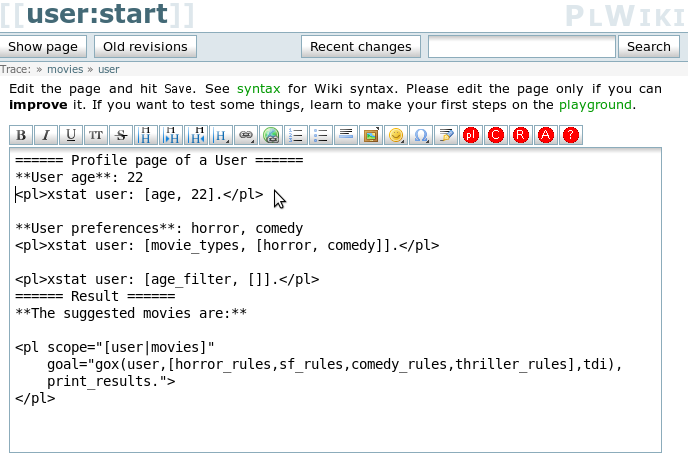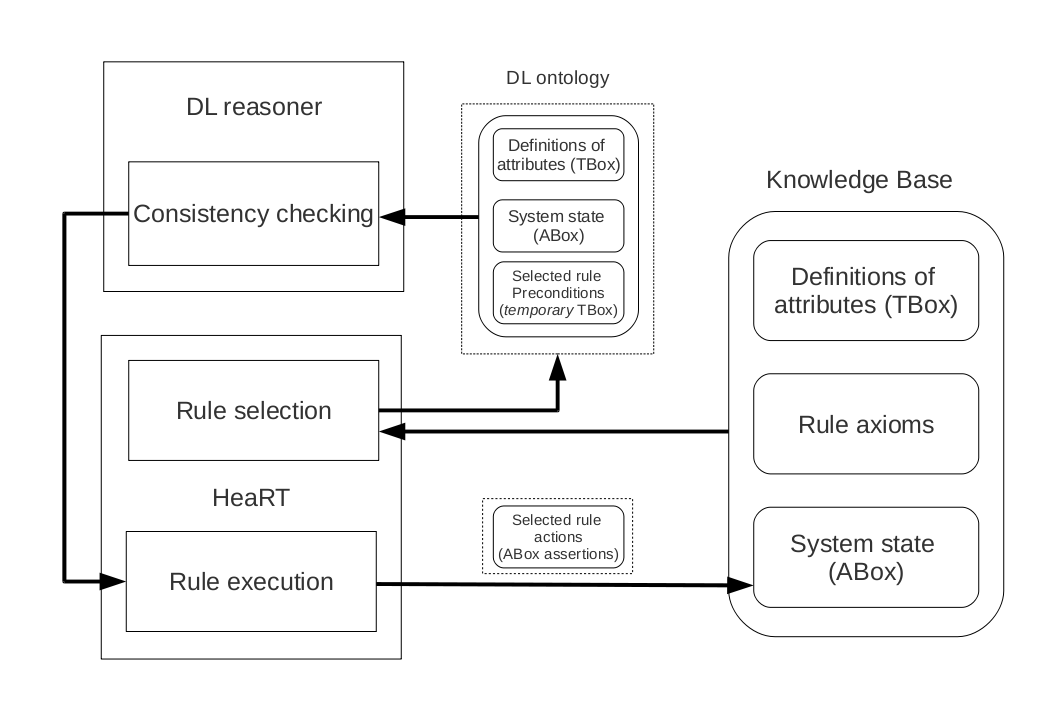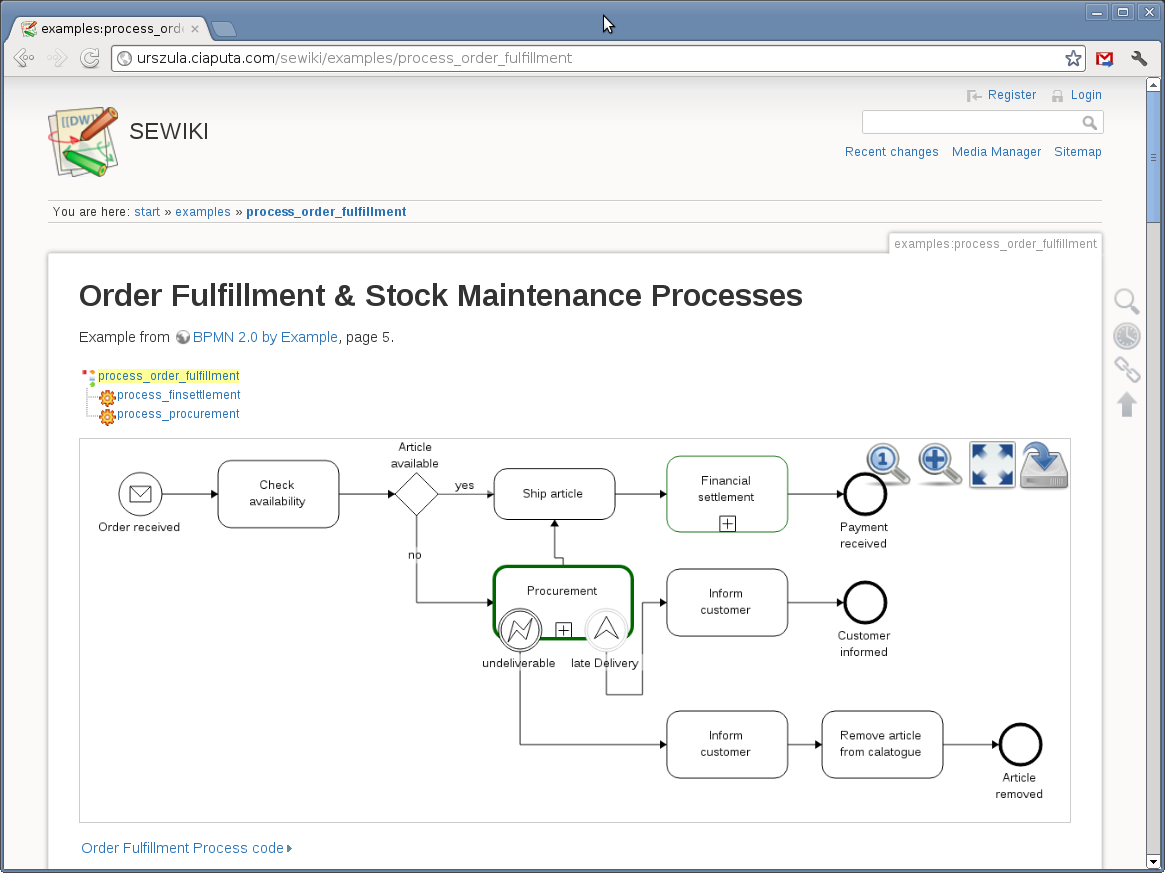Table of Contents
Bimloq
Business Models Optimization for Quality (BIMLOQ)
- Project Leader: prof. dr hab. inż. Antoni Ligęza
- Project Coordinator: dr hab. inż. Grzegorz J. Nalepa
- Timeline: 2010-05→2012-12
- Duration: 32 months
Motivation
The main aim of Business Models Optimization for Quality (BIMLOQ) is to build a declarative model for business processes, including business rules specification, with an emphasis on analysis and optimization of those processes.
- Semantic: lack of a common ontology, lack of unified semantics, difficult unambiguous logical representation.
- Functional: aims and tasks in the business logic layer cannot be mapped to logical quality assessment methods.
- Technical: technologies used in the visual design layer are incompatible with the declarative logical representation.
Intended results
- Conceptual: declarative model for logical business process representation and analysis.
- Practical:
- new tools for analysis and optimisation of specification quality,
- integration of visual BPMN tools and logical knowledge processing.
- Evaluative: modeling and analysis of real-life application use cases.
Expected benefits:
- Real-time quality assessment during development.
- Maintainability assurance.
- Formal analysis of business software quality.
- High adaptability in dynamic environments.
Project Presentation
- The BIMLOQ Project Overview presentation during the Explicite Seminar 14.04.2011 (more on the Explicite website) presentation.pdf
Publications
<BIBTEX: file=bimloq>
Tools
0.1 BPMN to XTT Translator
Description
The tool provides a translation of the Business Process models to a custom Business Rule representation XTT. The goal was to consider a consistent approach to modeling and executing BPMN (Business Process Modeling Notation) processes using the XTT2 (Extended Tabular Trees version 2) rules. The benefit of this solution is that it takes advantage of visual rule modeling and does not require to use a dedicated tool for Business Process modeling. Using this approach it is possible to execute selected BPMN models using the HeaRT (HeKatE Run-Time) rule engine.
Papers
- Maślanka, T., Ligęza, A., Kluza, K., & Nalepa, G. J. (2011). Proposal of the translation of BPMN model to the XTT2 knowledge representation (No. CSLTR 1/2011). AGH University of Science and Technology.
Download
0.2 Oryx-HQEd
Description
Oryx-HQEd is a framework based on the Oryx BPMN editor integrated with HQEd rule-base editor. The goal of the integration of the BPMN editor with the XTT2 rule framework is to provide an environment for visual modeling processes with formally described business rules.
Papers
- Kluza, K., Kaczor, K., & Nalepa, G. J. (2012). Enriching Business Processes with Rules using the Oryx BPMN Editor. Paper presented at the Artificial Intelligence and Soft Computing: 11th International Conference, ICAISC 2012: Zakopane, Poland, April 29–May 3, 2012.
Download
0.3 Loki
Description
Loki is a semantic wiki that uses strong logic-based knowledge representation. It implements semantic annotation mechanism as well as enable intelligent aggregation and querying. It serves as a flexible platform for collaborative knowledge engineering.
Papers
- Nalepa, G. J. (2010). Collective Knowledge Engineering with Semantic Wikis. Journal of Universal Computer Science, 16(7), 1006.
- Nalepa, G. J. (2011). Loki – Semantic Wiki with Logical Knowledge Representation. In N. T. Nguyen (Ed.), (Vol. 6560, pp. 96-114). Springer.
0.4 HeaRT in Wiki
Description
This tool integrates a semantic wiki Loki with a rule engine HeaRT. Annotations embedded within the wiki markup are automatically interpreted by the HeaRT engine so that appropriate rules can be fired and reasoning performed. The results of the reasoning are presented in real-time on a wiki page.
Papers
- Nalepa, G. J., & Bobek, S. (2011). Embedding the HeaRT Rule Engine into a Semantic Wiki. In R. Katarzyniak, T. Chiu & C. Hong & N. Nguyen (Eds.), (Vol. 381, pp. 265-275). Springer Berlin / Heidelberg.
Download
0.5 Pellet-HeaRT
Description
PelletHeaRT is a prototype of a hybrid rule reasoner for ontologies. It assumes an integration of classic forward chaining rule reasoning implemented by HeaRT with the Pellet resoner. The project and implementation is based on a proposal of integrating Attribute Logic with Set Values over Finite Domains (ALSV(FD)) and Description Logics (DL).
Papers
- Nalepa, G. J., & Furmańska, W. T. (2010). Pellet-HeaRT – proposal of an architecture for ontology systems with rules. Paper presented at the KI 2010: Advances in Artificial Intelligence: 33rd annual German conference on AI: Karlsruhe, Germany, September 21-24, 2010, Berlin; Heidelberg.
Download
0.6 SEWiki
Description
SEWiki is an implementation of a wiki environment supporting collaborative BPMN modeling and evaluation.
It is based on a Dokuwiki installation with a simplebpmn plugin that interprets a simplified syntax for BPMN models.
Website
Download
Cases
Student Project Evaluation 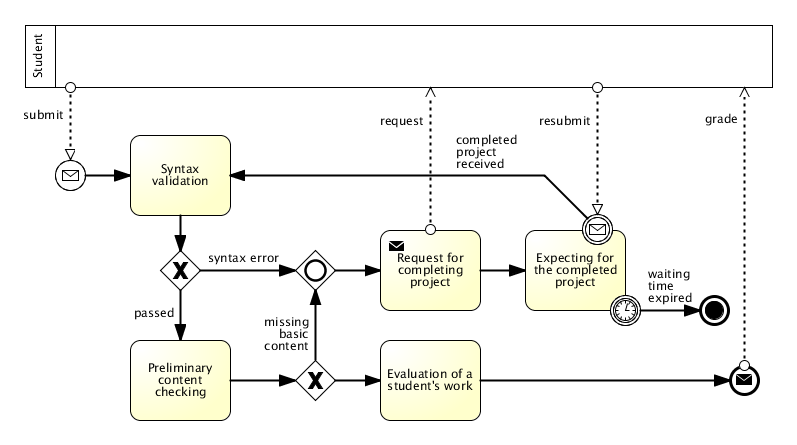 | Credit Card  | Order fulfillment 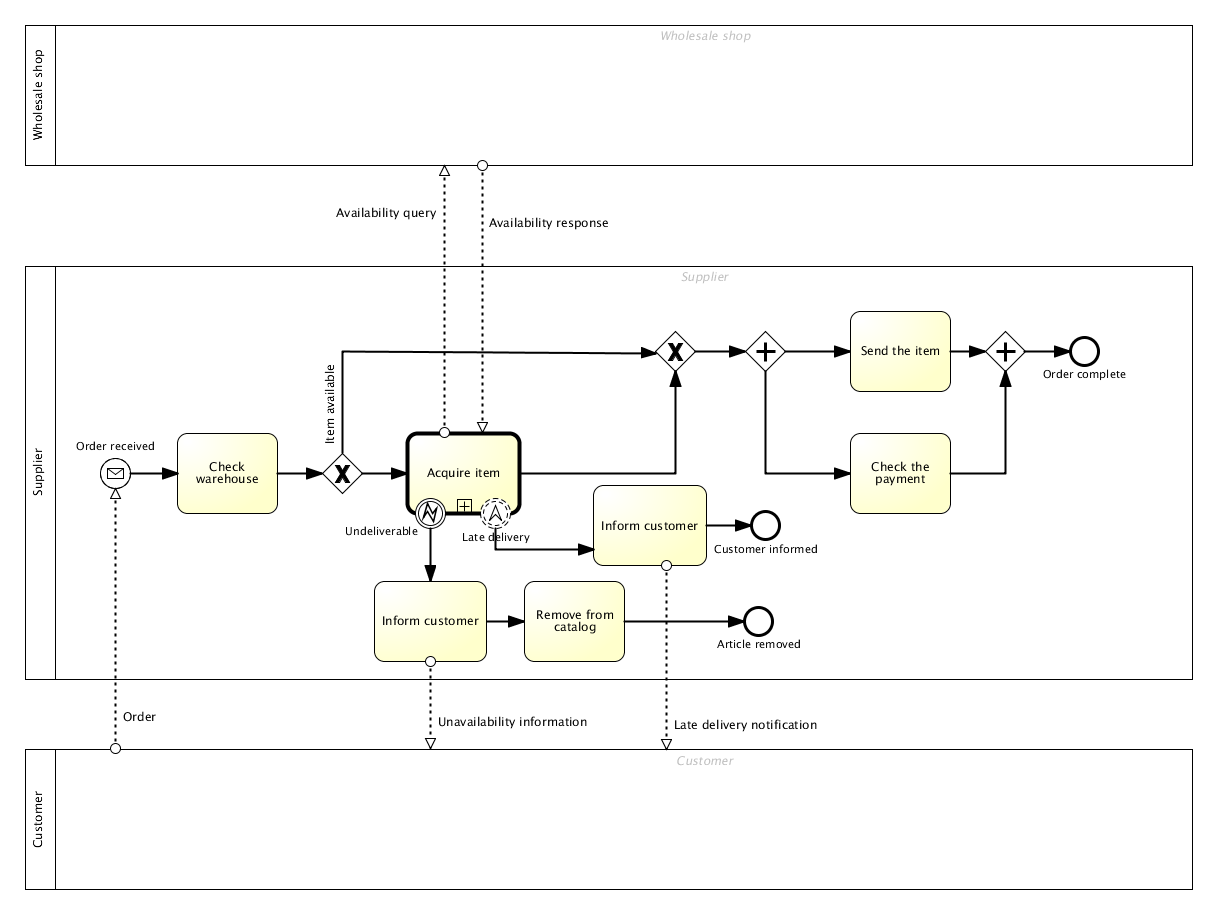 |
Cashpoint  | Hiring a new employee 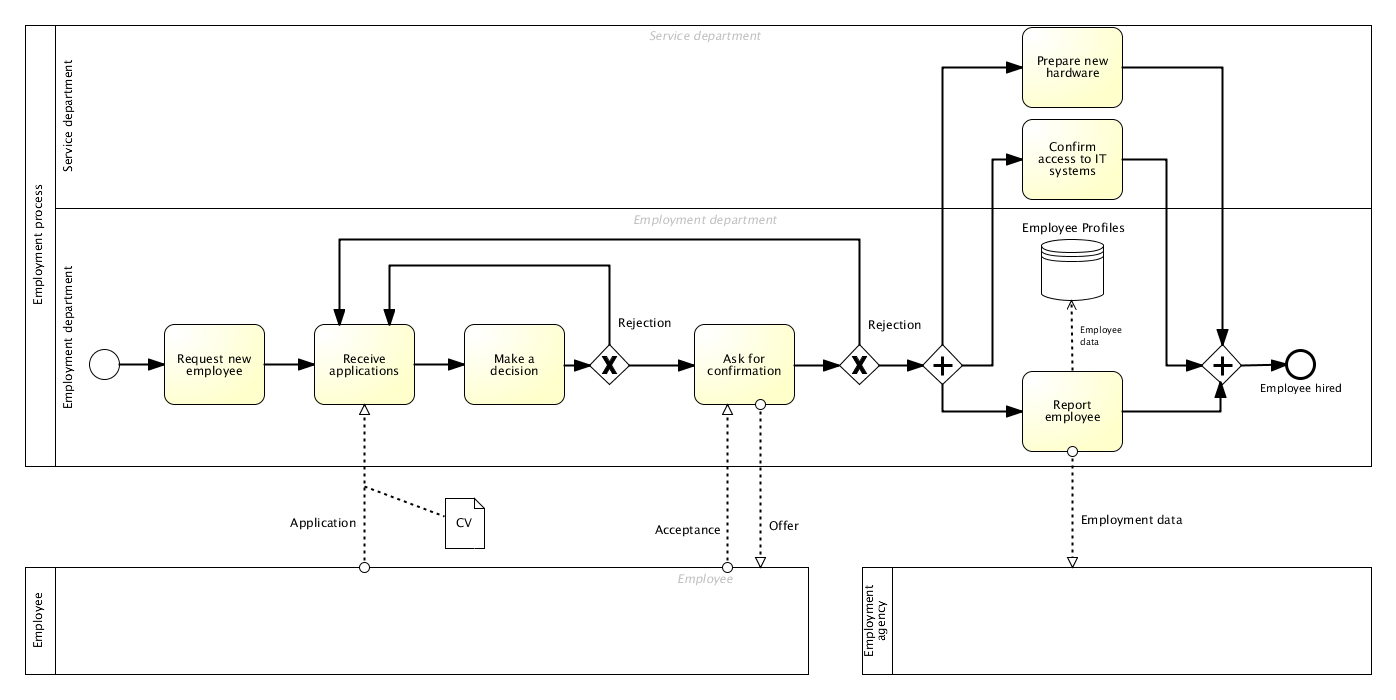 | Polish Liability Insurance 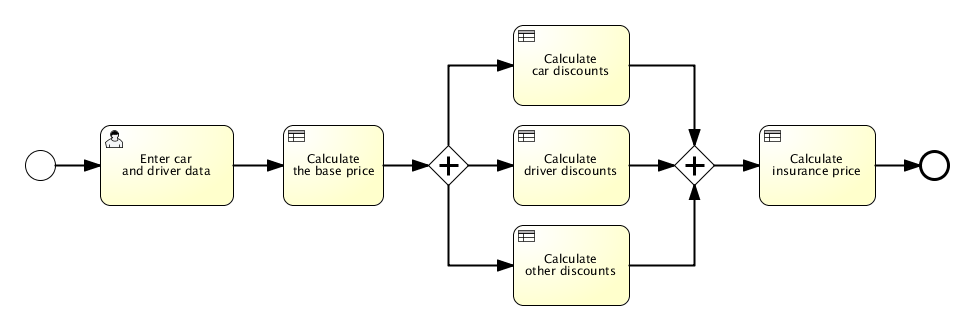 |
project completed_project
Go back to → projects





